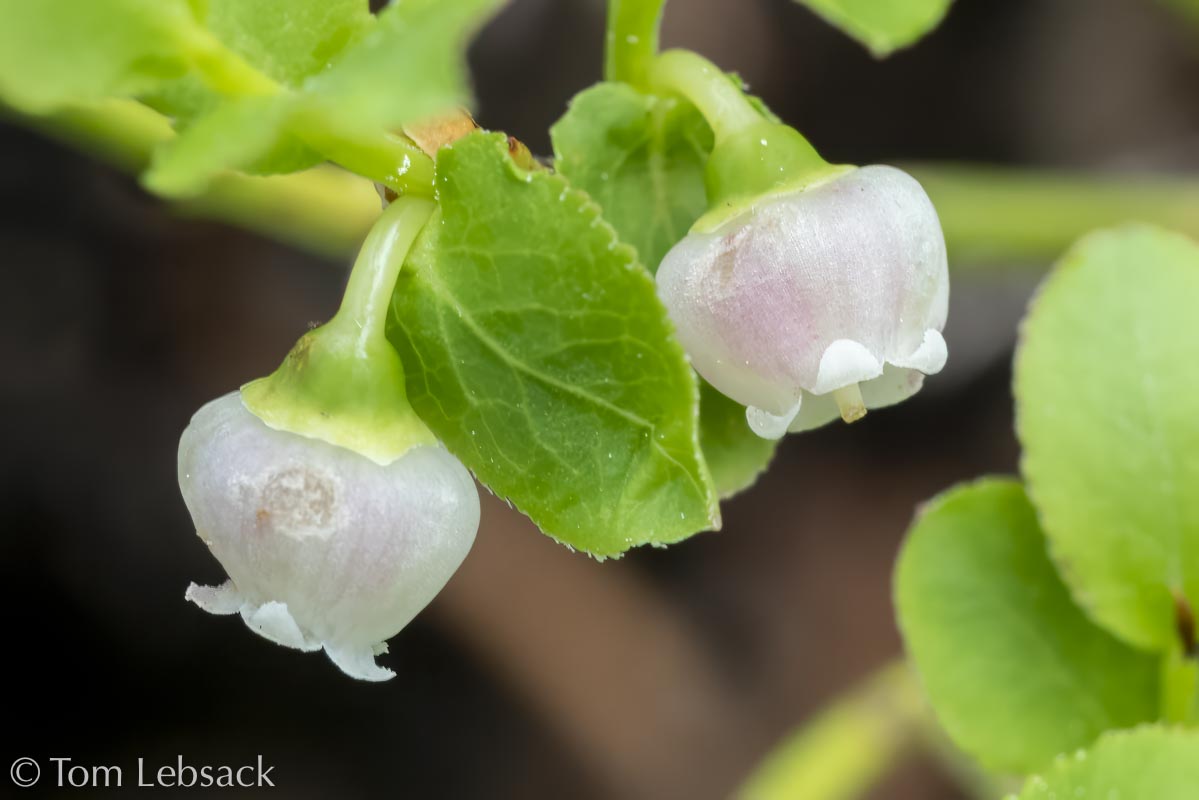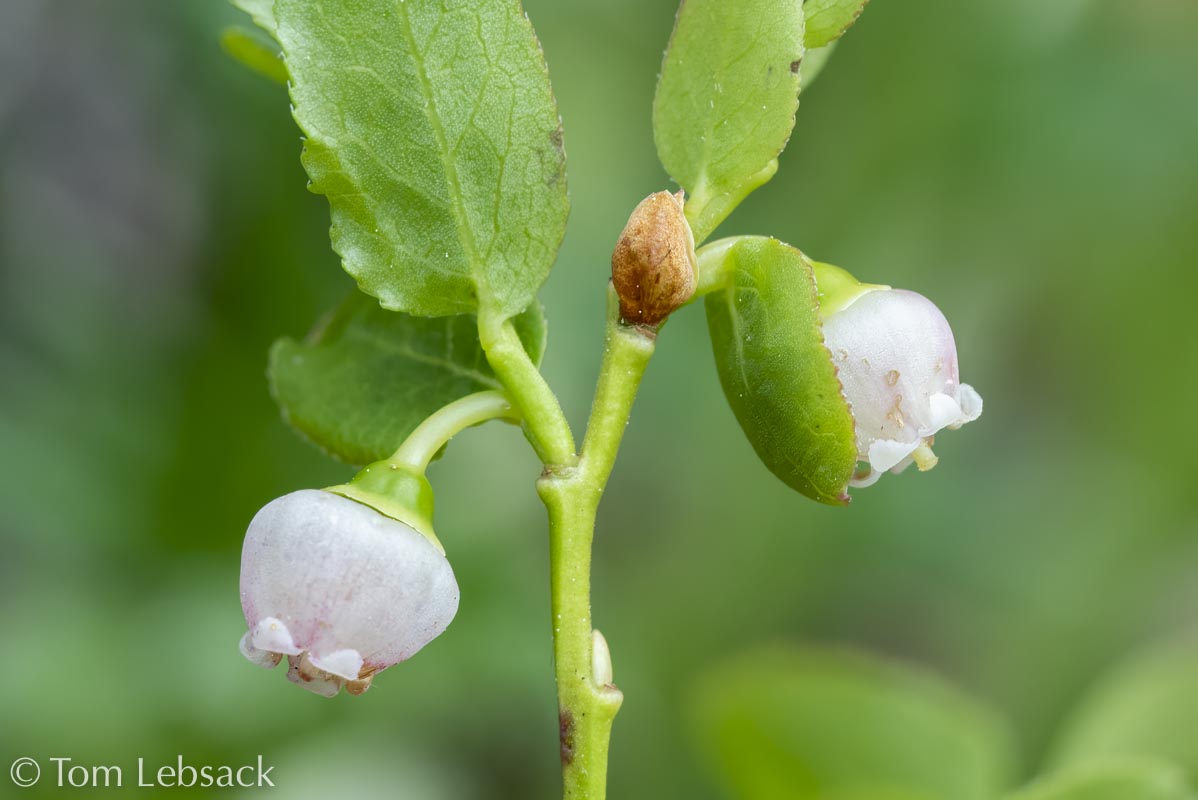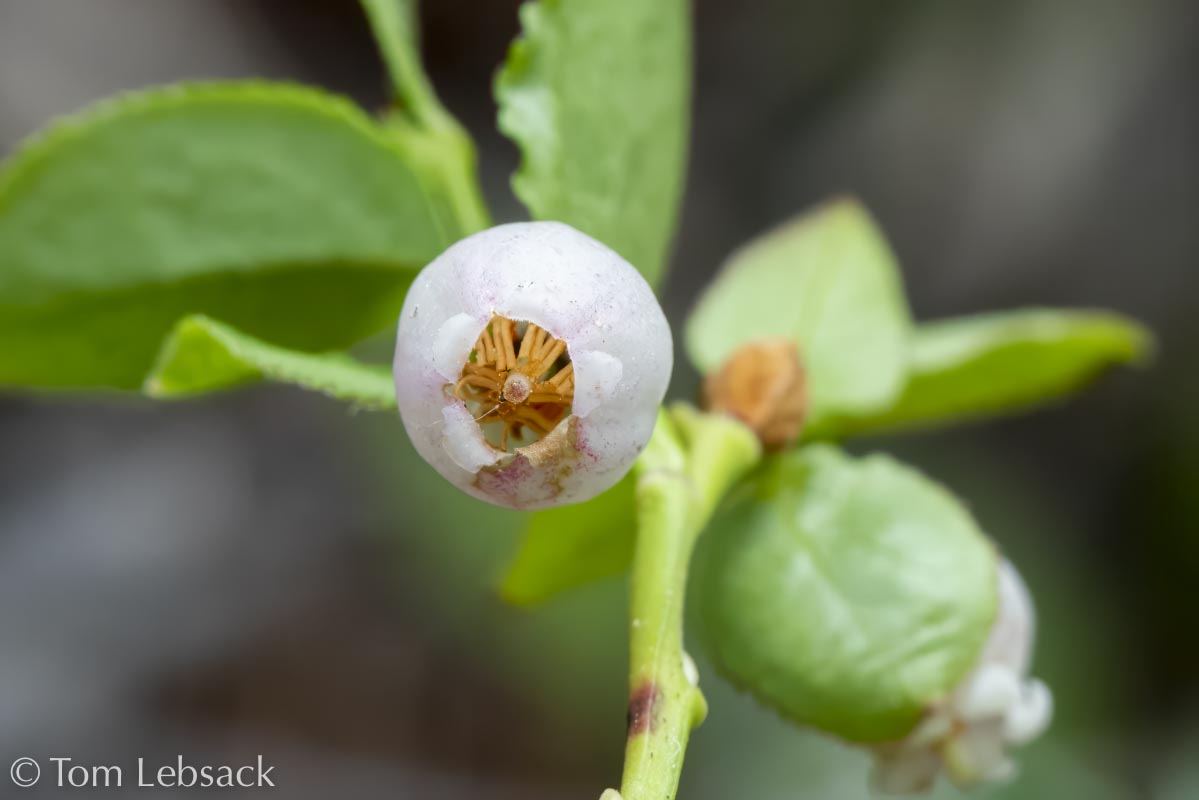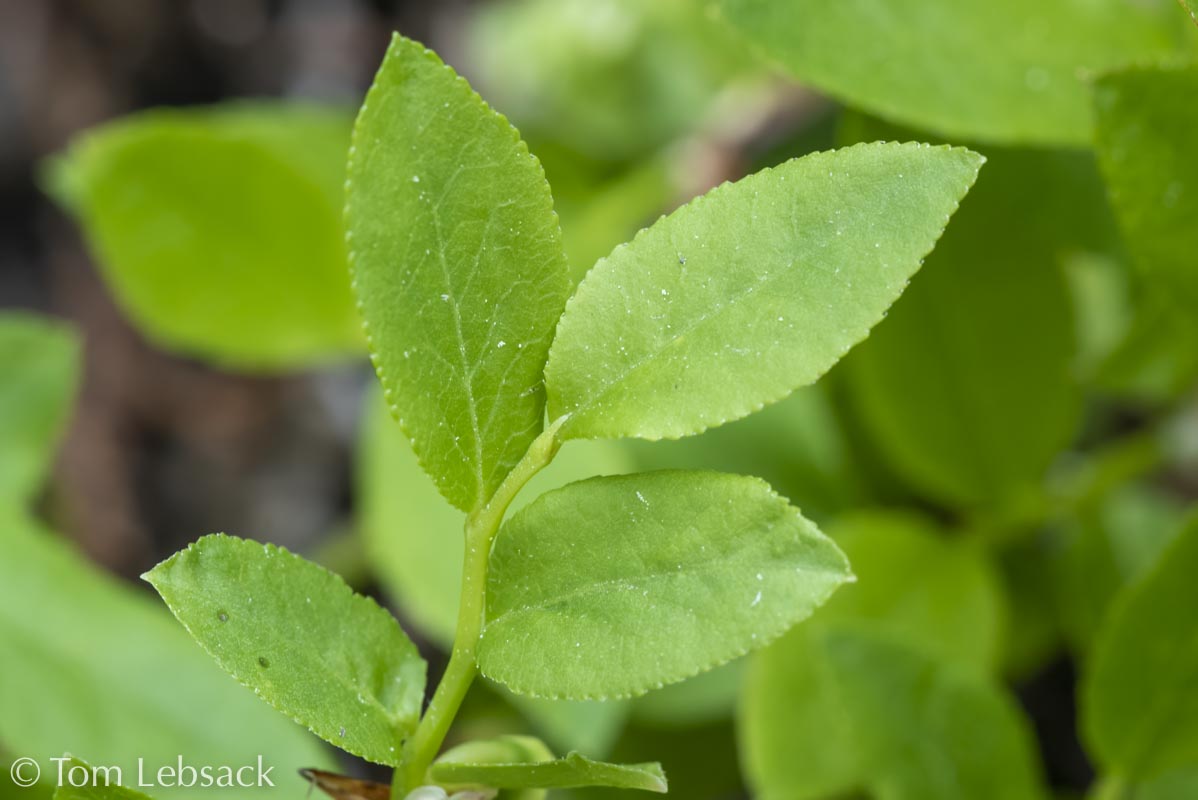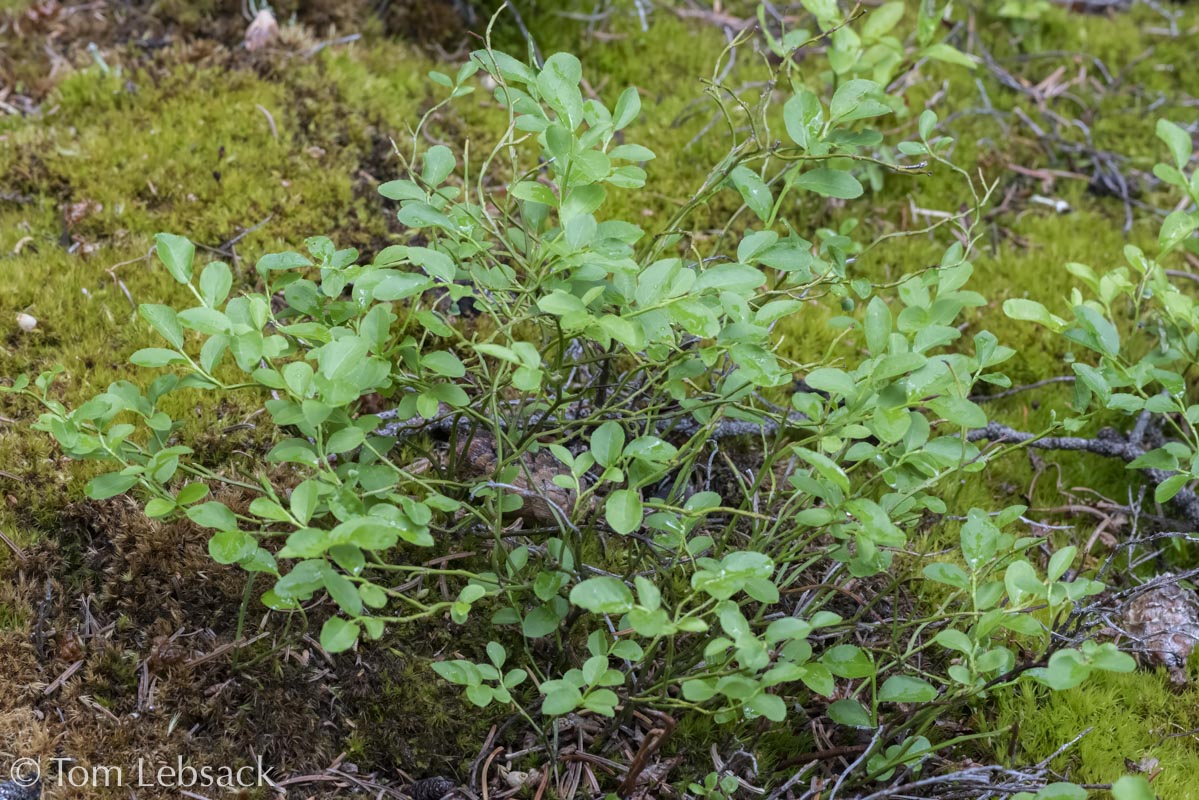Vaccinium scoparium
(Grouse Whortleberry)
| Scientific Name | Vaccinium scoparium | USDA PLANTS Symbol | VASC |
| Common Name | Grouse Whortleberry, Dwarf Red Whortleberry, Broom Huckleberry | ITIS Taxonomic Serial No. | 23613 |
| Family | Ericaceae (Heath) | SEINet Reference |
Click Here |
| Description |
Life zones and habitat: Foothills to alpine (8000 to 12700); moist or dry acidic soils, especially in sandy or gravelly loams, and in rocky subalpine to alpine woods and open slopes; always found in the understory of lodgepole pine forests. Plant: Colony-forming, small deciduous shrubs, 4 to 12 inches tall with broom-like branches; twigs are green, angled and hairless. Leaves: Leaf blades are elliptical to ovate 0.2 to 0.6 inches long and 0.1 to 0.3 inches wide; edges are finely serrulate and the surfaces hairless. Inflorescence: Solitary small (~3/16-inch long) round to urn-shaped, nodding flowers from lower leaf axils, pinkish to white. Fruit: Red, somewhat translucent, or bluish-purple, less than 0.25 inches across Bloom Period: June to August. References: "Guide to Colorado Wildflowers" by G.K. Guennel, "Flora of Colorado" by Jennifer Ackerfield, USDA Plant Guide and Flora of North America. |
BONAP Distribution Map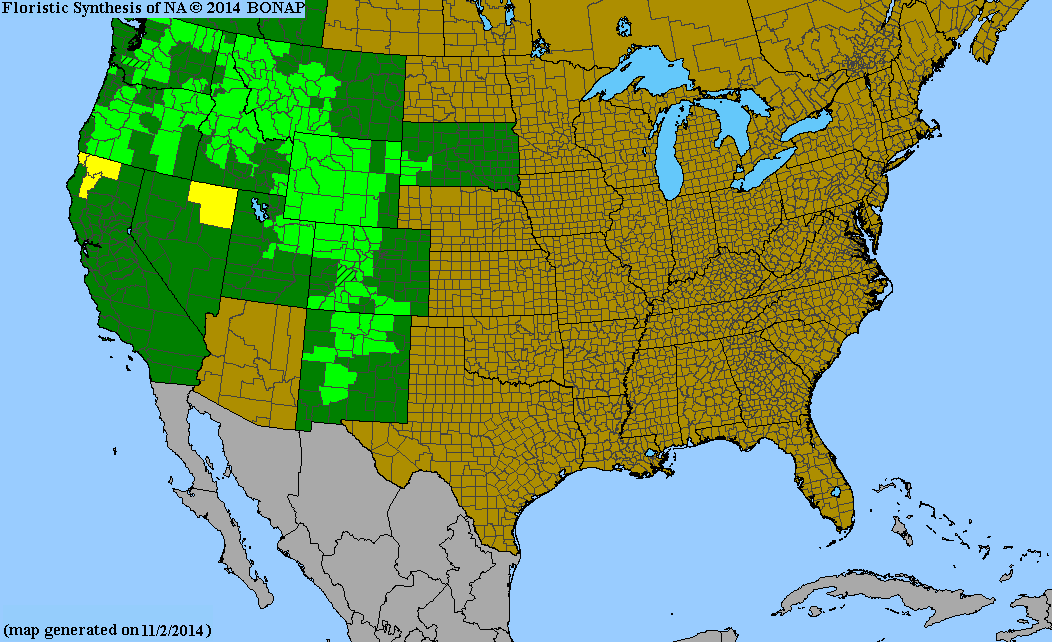 Map Color Key |
Colorado Status: Native |
© Tom Lebsack 2025
Banner photo: Castilleja rhexifolia and a brewing storm over the San Juan Mountains
I try to provide accurate, up-to-date, and relevant information, but cannot guarantee the completeness or accuracy of any information presented on this website. I use authoritative references to insure high standards of accuracy and review and update the information frequently.
